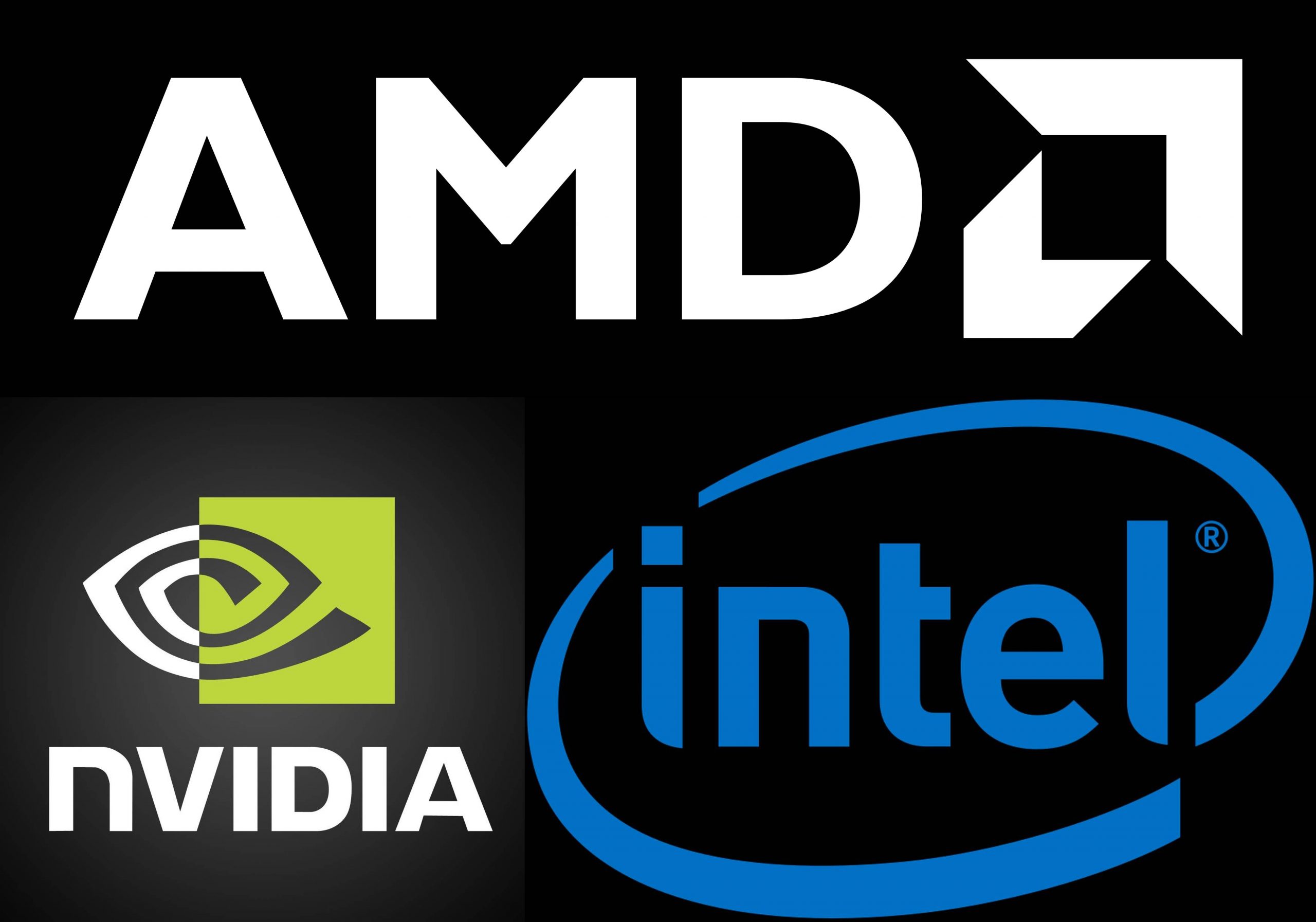The tech world has been abuzz lately – Intel recently launched its 9th Generation 14nm++ Coffee Lake Refresh line of CPUs, and NVIDIA saw fit to unleash the RTX 20XX series of graphics cards on to the market. Dodgy benchmarks aside (Intel and the not-so-Principled Technologies debacle deserves an entire piece all on its own), both manufacturers find themselves comfortably ahead of the competition in terms of performance.
The world should, theoretically, be at their feet.
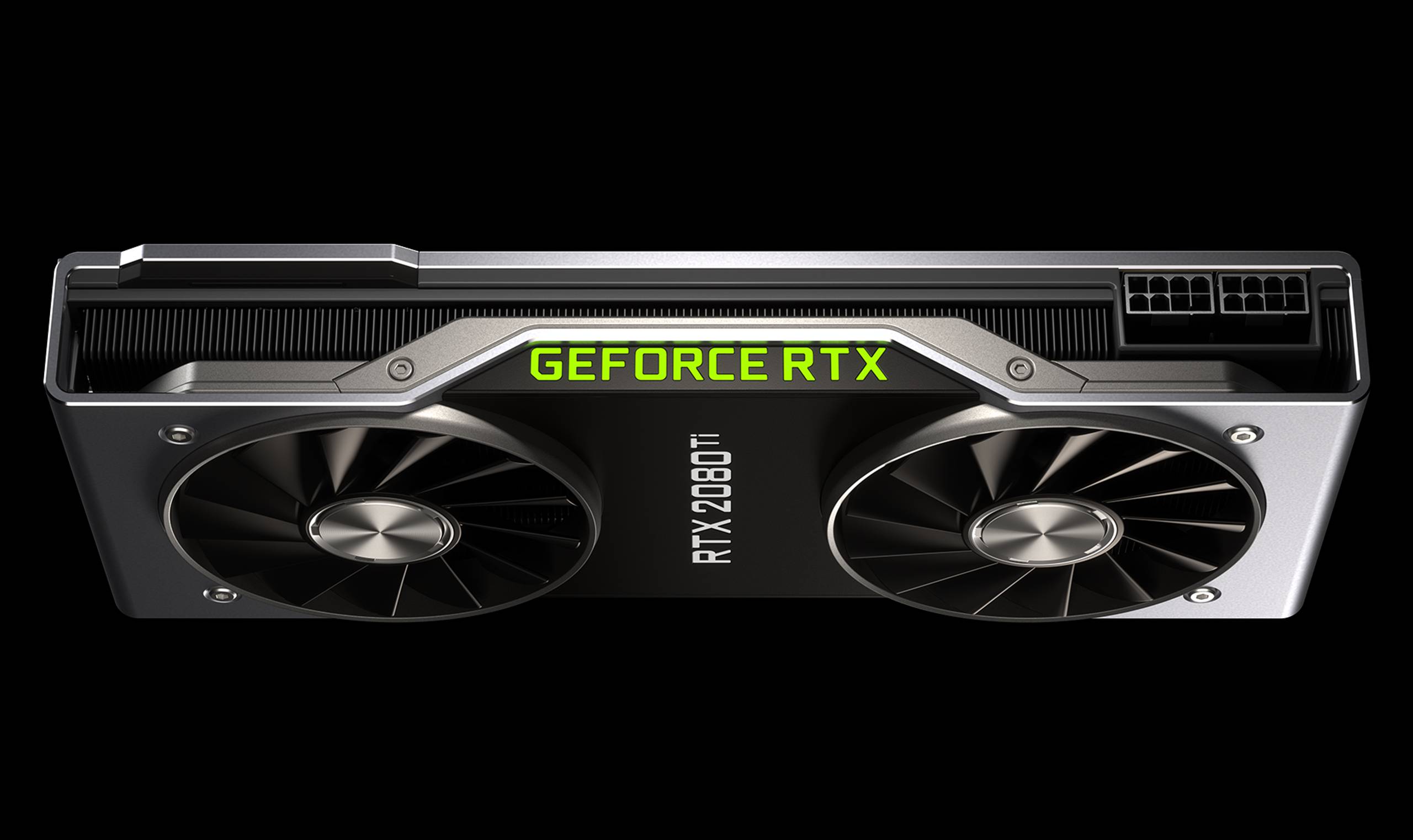
Yet the tech community has responded less than favourably to today’s current state of affairs. From testing scandals to pricing, the market has reacted poorly to what it deems to be shoddy SKU propositions. That’s before we mention the perceived lack of actual innovation (Intel) or truly generational performance improvement (NVIDIA). Team Blue and Team Green seemed to have burned away a fair amount of goodwill with the enthusiast community (which is of course in no way a commentary on how scorching hot the i9-9900k runs with its newly-introduced soldered thermal interface material).
So what gives? How did we get to this point where the performance leaders in their respective categories are not being feted by the rarified company that they claim to keep? As these two tech titans have discovered, there are multiple ways to skin a cat… and to make your customers feel like they’re being screwed.
Value…What value?
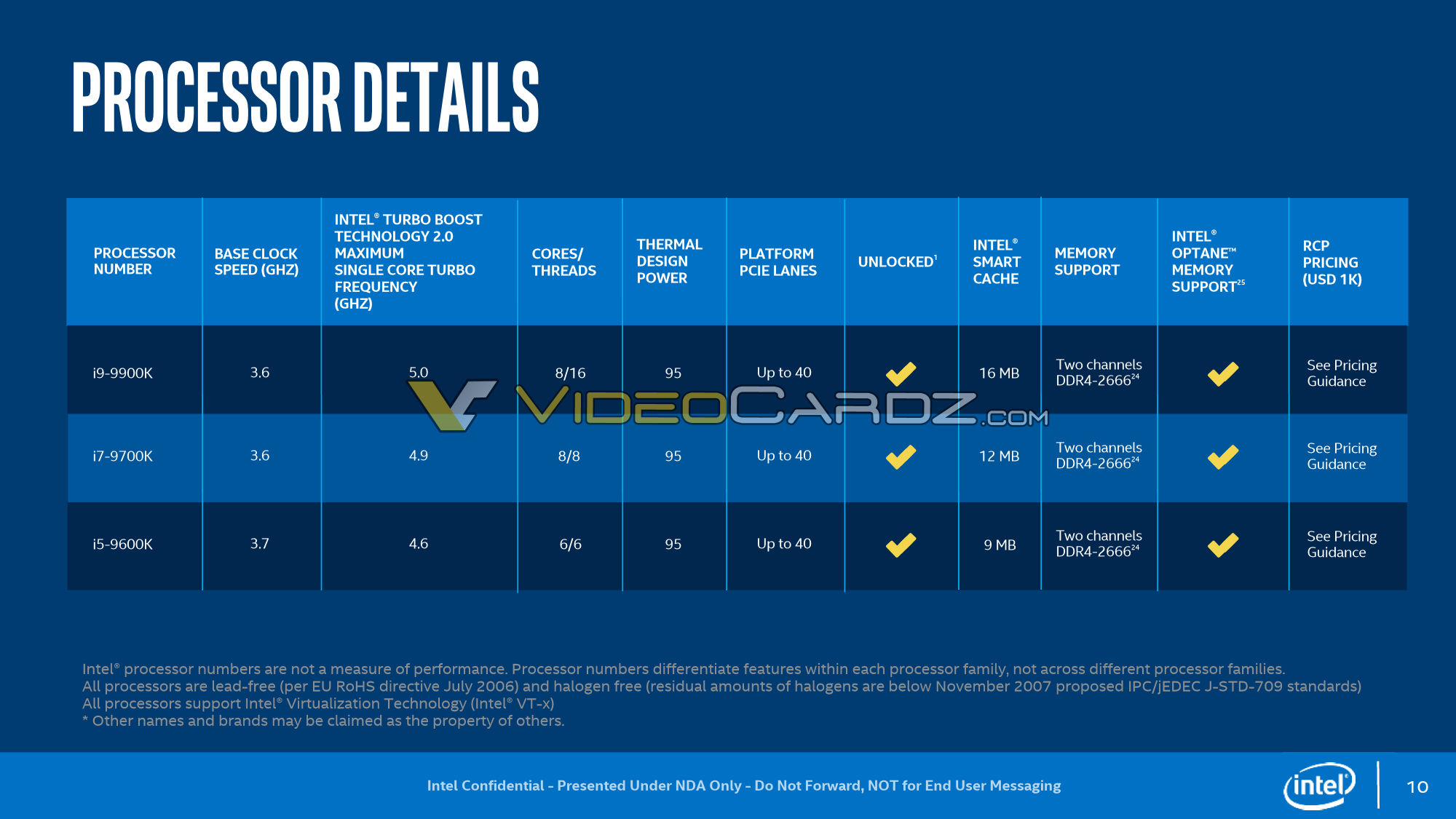
The benchmarks have come in, and they make for good reading if you live in a world where money is no object. The i9-9900k comfortably assumes the title of world’s fastest mainstream gaming CPU; a title which it inherits from its immediate predecessor, the i7-8700k. The RTX 2080Ti is an absolute monster of a card that is the best GPU you can buy right now; Titan models included.
Unfortunately, we don’t live in a class-free Trekkie utopia that has done away with capitalism. Things still cost money. In the case of Coffee Lake Refresh and Turing, these things cost a lot of money. And in the eyes of many, they cost too much for the gains that they supposedly deliver.
OK, but are they worth it?

On average, the i9-9900K will handily beat the 2700X, with average performance in games ranging anywhere from 12% to 35% better than the offering from Team Red. However, at current market prices, the Core i9 is over 90% more expensive ($580 vs $300). That’s before you consider the fact that Ryzen comes with a boxed RGB cooler; easily something that would cost an extra $100 to properly cool your brand new i9.
Once you factor in multi-core workloads for content creation, and the performance gap narrows even more, lending the i9-9900K’s sheen of performance a slightly oily veneer of ‘no way, really?’ Simply put, at this price point, the i9-9900K does not make a lick of financial sense.
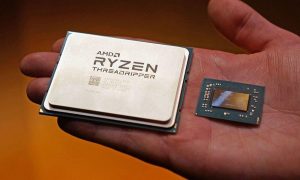
If productivity was your main concern, for a little bit more (add $100 or so) you could have a 16-core 32-thread monster in AMD’s Threadripper 1950X – a platform that offers more PCIE lanes, RAM slots and more manageable temperatures.
If you want a CPU strictly for gaming, anything above 120fps would barely register to the human eye as fps performance does not scale linearly. Therefore, extra performance is more likely to be enjoyed ‘mentally’ rather than literally. There is a difference when seeing 40fps vs 60fps in performance; that difference is barely noticeable when you compare 120 fps to 150fps, unless you have a spanking brand-new 144hz monitor. If you do, then this concern is moot – money is not a problem for you. Your issue at this point isn’t CPU-related – you’re far more likely to be GPU-bound.
Which brings us to the RTX 2080 series.
Consider, for a moment, just how monumentally significant the release of the RTX should have been. Here it was – real-time ray-tracing in an ordinary (almost) PC configuration accessible to the common man! What a time to be alive!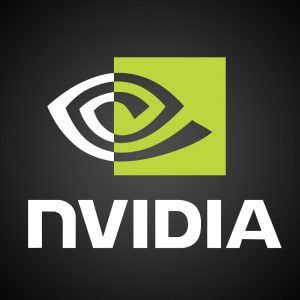
And then you look at the details. The RTX 2080, after extensive benchmarking by many reputable reviewers and websites, barely comes out ahead of the GTX 1080Ti. However, it costs anywhere from $100 to $200 more. Memory bandwidth is higher on the 1080Ti (484 GB/s vs 448 GB/s on the RTX 2080), even though the RTX 2080 has newer GDDR6 RAM.
Once you bring the RTX 2080Ti ($1200++) into the picture, the question of value becomes even murkier. One thing has to be made clear though; the RTX 2080Ti is absolutely the best graphics card on the market today. No question. Absolutely none. It succeeds the 1080Ti in that respect, offering up performance gains of not-quite-40%… but at a staggering 70% more in terms of price.
How the competition stacks up
AMD’s Vega doesn’t even enter the picture as a competitor, so NVIDIA’s own 1080Ti is the RTX’s family’s biggest competition. It barely beats it in any metric, save outright performance – performance per dollar, availability, optimisation of the technology, maturity of the drivers and API all favour Pascal over Turing. The only indication we have of RTX performance is around 40 to 50 fps from NVIDIA’s launch event, on a poorly optimised build of Shadows of the Tomb Raider. Spending that much money on RTX today is spending it on potential gains, with DLSS and ray-tracing promised for up to 28 games in the future. Not now.
That is a shaky premise at best.
Duplicitous Behaviour From Companies That Should Know Better

There are various ways you can react to being caught in a lie (or at the very least, a very heavily skewed version of the truth). You could say sorry and promise to do better. Perhaps you could say apologise and insist that you didn’t mean to do it. Maybe you could admit your guilt and then just keep quiet after that.
Or you could be Intel, and still claim you’re right anyway (Principled Technologies will live on in infamy for this).
Or you could be NVIDIA, and change the subject (we measure in gigarays, mmkay?).
Come on Intel, it’s all so unnecessary…
As we’ve mentioned (and what every man and his delidded CPU would have already guessed), Intel was always going to be win the crown of ‘world’s best gaming CPU’ – their advantage in IPC and clock speed was always going to see to that, coupled with their superior single-thread performance.

A glimpse at one of the testing results. Note the before (Game Mode) and and after (Creator mode) results
So why the need to release a dubious-looking ‘independent’ benchmarking test 10 whole days before actual reviewers could release their findings? Why stink up the joint with a published report that makes you look corrupt (intentional or otherwise)? Why say anything when your methodology for testing clearly gimps your competitor’s numbers? Is there a need to be tone deaf and say, ‘hey, we’re still the fastest!’ when that was never the point in the first place?
Et tu, NVIDIA?
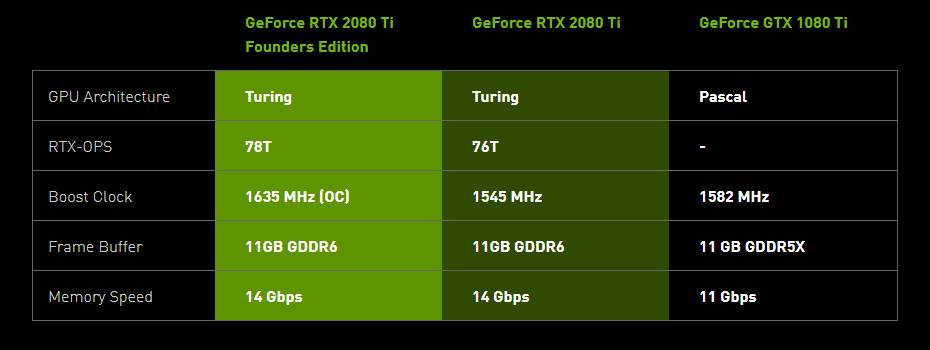
So, we’re guessing the GTX1080Ti can’t do ray-tracing…?
When the RTX series was launched, the very first unit of measurement that was shown was ‘Gigarays’ – presumably to show how many ray tracing operations (RTX-Ops) could be carried out at any given time. This in itself is a useless measure of performance as previous generations of GPUs aren’t built for this sort of thing – it’s literally not in their functionality. Try to measure a Ferrari’s ability to carry cement and it’ll look stupid and inefficient doing so.
From the get-go, there was a clear issue with ‘massaged’ performance details and the perceived lack of value in their product offering. NVIDIA found themselves on the backfoot and struggling to justify the exorbitant price tag of its RTX cards. Why not just come out and say something along the lines of ‘look, we get it, it’s not cheap – but this is bleeding edge tech and we want to introduce it sooner rather than later’?
Why tell us the weather is foggy, when the product itself is a smeary mess of less-than-optimal temporal anti-aliasing?
Has The Penny Finally Dropped?
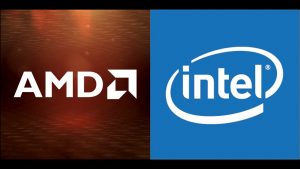 The PC community has never really made value a contentious issue – it’s what allowed Intel, NVIDIA and various RAM chipmakers to keep prices high and roll in the big bucks so long as performance was of an acceptable standard.
The PC community has never really made value a contentious issue – it’s what allowed Intel, NVIDIA and various RAM chipmakers to keep prices high and roll in the big bucks so long as performance was of an acceptable standard.
By and large, we’re a forgiving lot. But it feels like a corner is turning with the recent release of CLR, RTX and the resurgence from Team AMD. In the age of instant outrage, viral news and ‘share share share’, the backlash has been swift and momentous. Could it be that we finally have the power to keep our tech companies on a more even & honest keel?
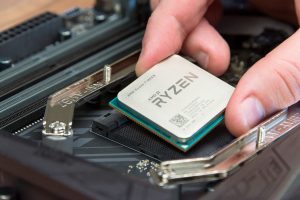
Team Red looks set to finally challenge Blue and Green, having been driven by the desperate threat of extinction to lift themselves out of their malaise. It’s something we should applaud, whatever our feelings are on the actual merits of their products and performance. Or whether or not you consider their continued efforts to play the ‘value’ card a meritorious strategy in today’s market.
There are no angels or demons here – just reality
This isn’t to say that AMD are suddenly the good guys (erm, hello RX580 2040SP). Nor have Intel and NVIDIA started producing bad products overnight. That’s not the case at all.
The fastest gaming processor you can buy today is the Intel Core i9-9900K. The most powerful graphics card you can order right now is the NVIDIAGeForce RTX 2080Ti. This is objectively true and will remain so, until we see Zen 2 or Navi (a possible RTX competitor). However, even the tech community is not immune to rising costs of living, reduced disposable income and higher rates of inflation.
Clearly the ‘honest value’ proposition takes on even more importance moving forward. It is what’s helping AMD gain back massive amounts of CPU market share, after all. Hopefully this is a harsh lesson that Intel and NVIDIA will learn when the next product launch comes around.


